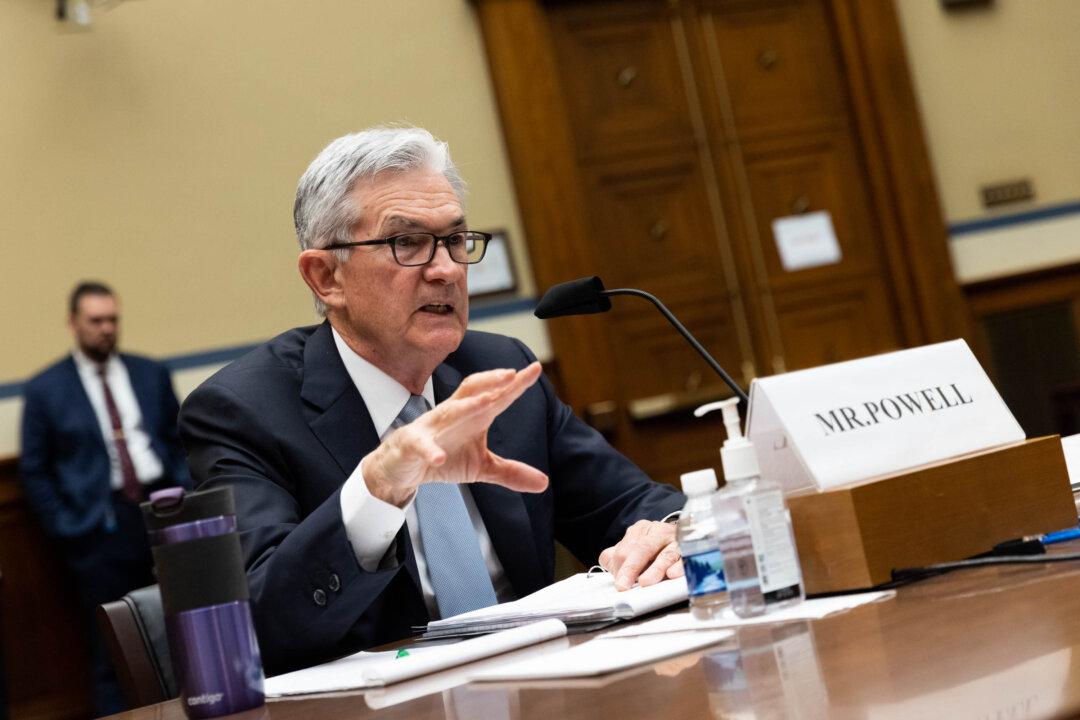The dollar hovered near recent peaks and U.S. Treasuries held steady on the morning of Nov. 3 as investors await an expected Federal Reserve announcement later in the day about tapering the central bank’s massive bond-buying scheme.
The DXY dollar index, which tracks the greenback against a basket of major rivals, traded largely unchanged on the day at 94.055 by 6:12 a.m. New York time, close to its 2021 peak of 94.563 hit last month.





